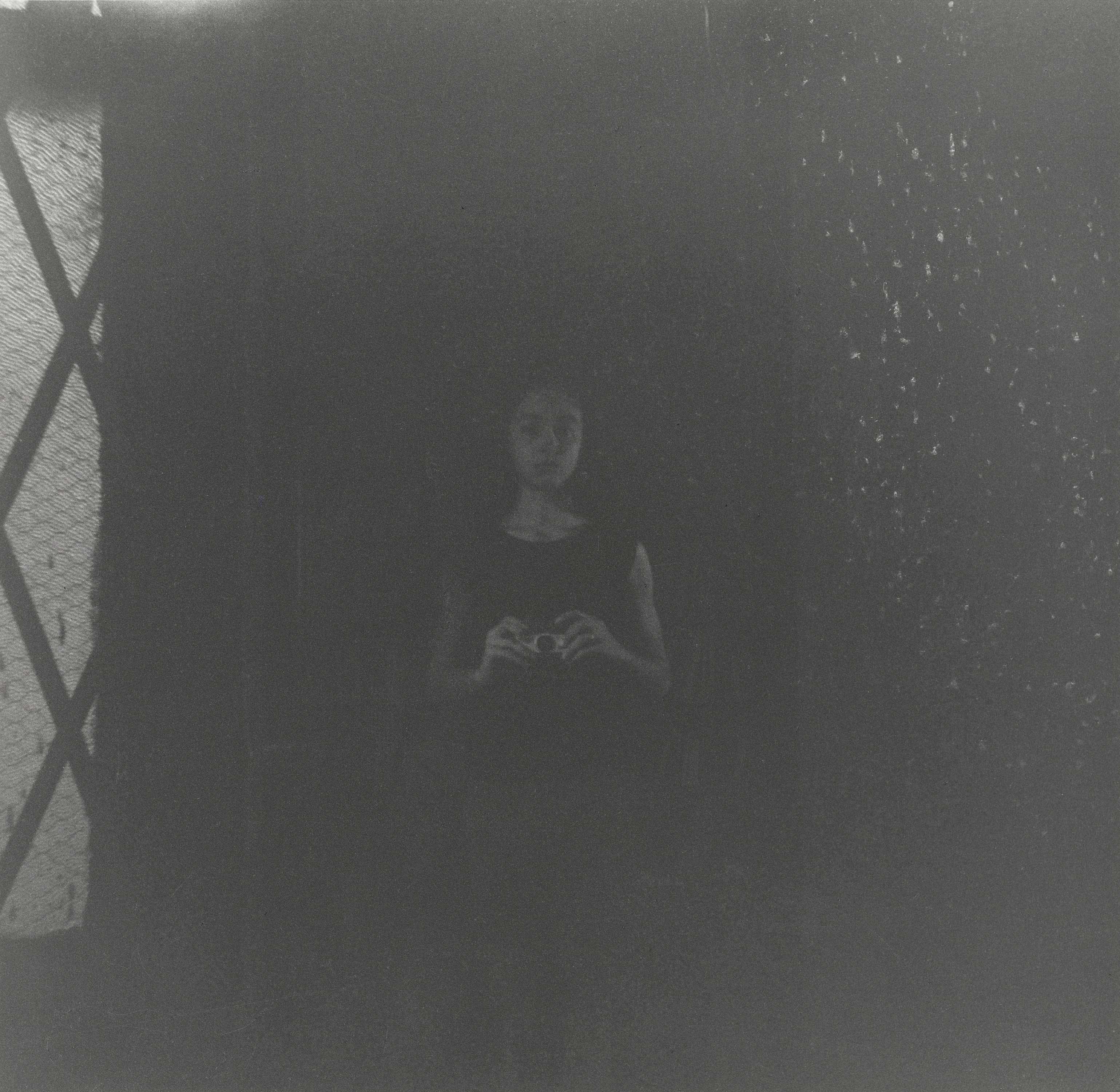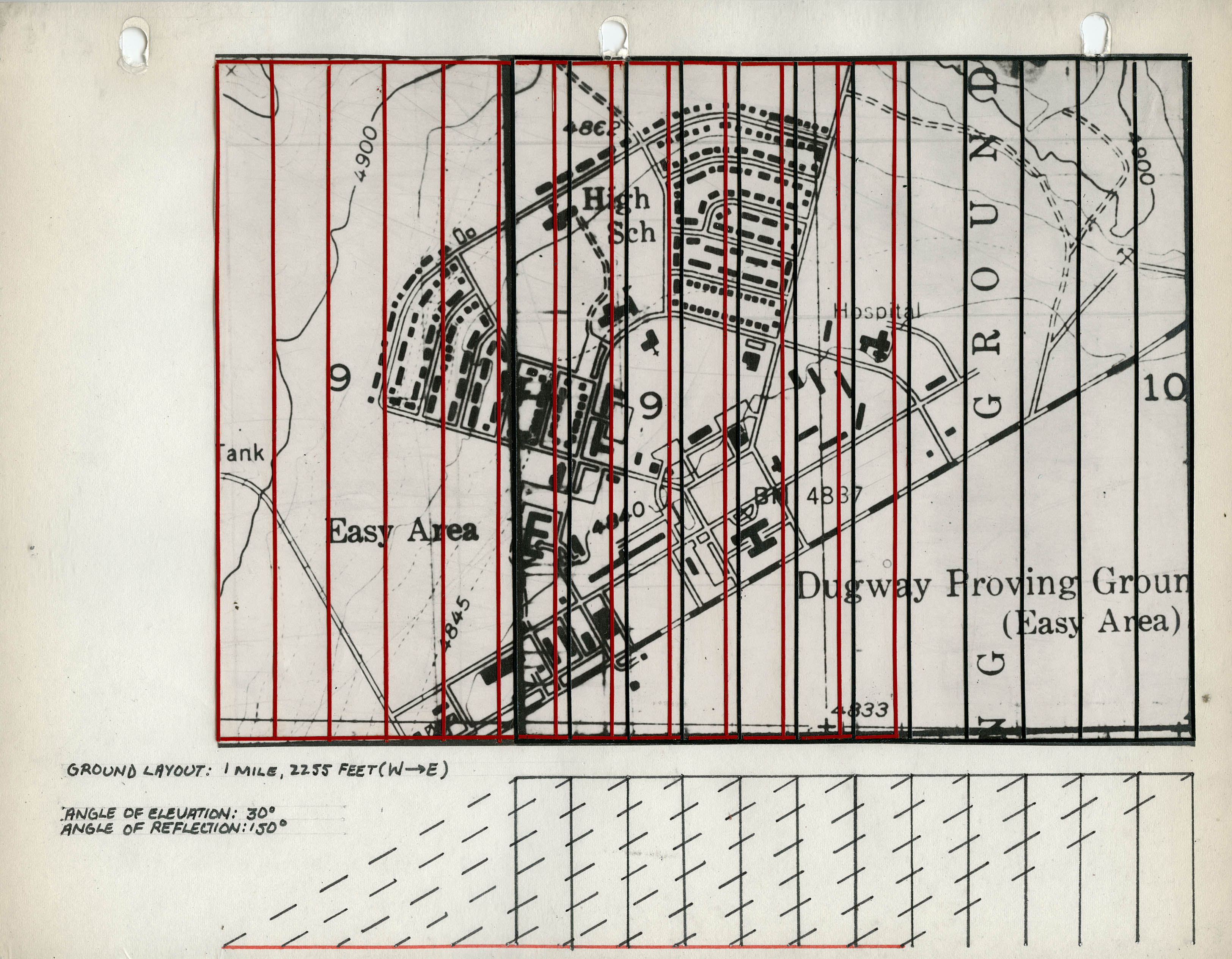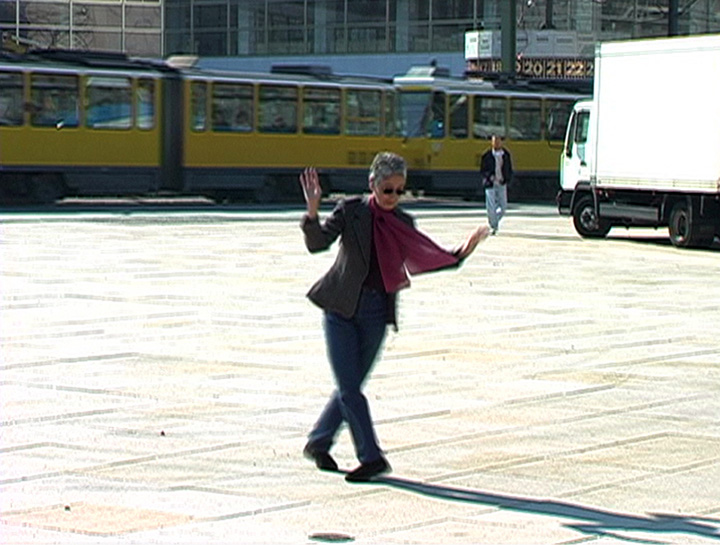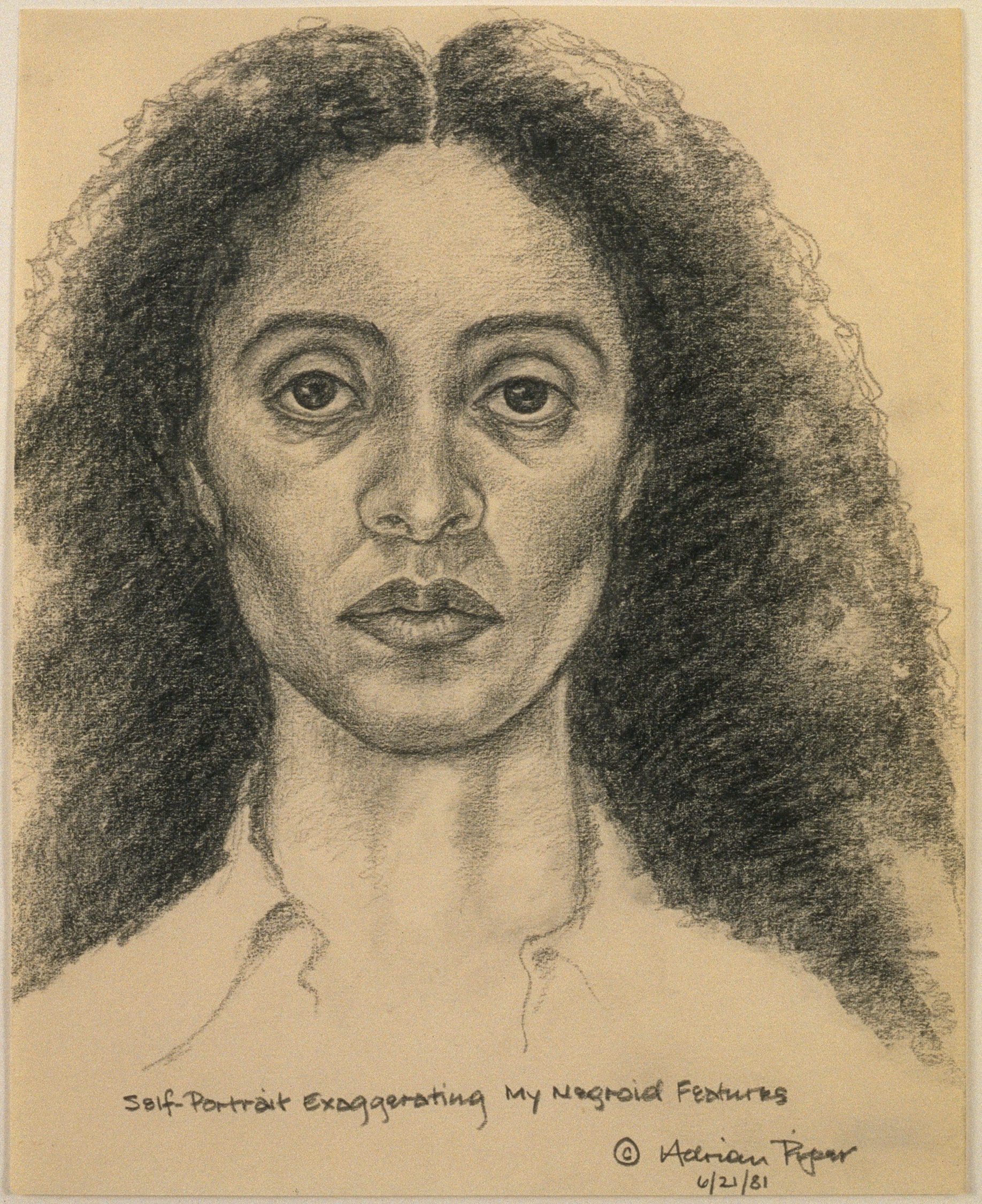
March 31 marks a historical moment for the Museum of Modern Art in New York: the institution will for the first time dedicate their special exhibition floor to one living artist: Adrian Piper. Four years in the making, the exhibition—Piper’s first since receiving the 2015 Venice Biennale’s prestigious Golden Lion Award—traces the artist’s incredibly diverse oeuvre from 1965 to 2016. Cultured sat down with one of the exhibition’s curators, Christophe Cherix, to talk about Piper’s place in art history and what her work means for the next generation of artists and for the institution itself.
Can you tell me about the title of the exhibition, “A Synthesis of Intuitions”? We talked about the title for multiple years I think. Adrian got so involved in the exhibition, she’s really the co-curator. She thought of the title to bring together this idea that—beyond the obvious reference to Kant—as an artist, she works through intuition. She works with ideas that are not always completed, but they are ideas she thinks are interesting to tackle at a certain moment. She felt all those works were basically an addition of intuitions she had at different moments in regards to a changing society around her. How can we bring all that together, how can we leave them not just as intuitions but make sense of them and develop a true practice. How can we find consistency between those decades-long adventures or search for the meaning of the world around us. So the title is her title. It’s almost a way to capture the work of an artist in a way that maybe allows the viewer to enter the process. I think it’s kind of remarkable for an artist to say her work is based on intuition, based on ideas that came to her in a very casual way, more than you would think when you see the work.
You’ve been working on this exhibition for four years. What was the process like? It’s an exhibition we scheduled now four years ago, organized by Connie Butler, who is chief curator at the Hammer, David Platzker and myself. We thought it was important at the time to start really what is a research project on Adrian Piper’s work. She is, we felt at the time, one of the really singular voices of her generation, however her work hadn’t really been studied in all that we feel it deserves. She had many exhibitions and maybe even retrospectives, but never one that really tried to bring together all aspects of her practice that is spanning now over 50 years. She’s an artist who is sometimes a little bit challenging to represent in an exhibition, she’s used many different mediums; she started with painting, sculpture, drawing, but then she went into photography, film, sound, dance performance, multimedia installation. One of the reasons I think her work is so interesting is that she really always try to develop direct engagement with the visitor and the public, even if it means working outside the confines of the gallery or the museum. So how do you bring all of those aspects together in one exhibition, to try to make people understand that the work is very consistent but take multiple forms over the years. It’s a show that requires a certain scale so it’s going to be a large exhibition; I think it might be the largest show ever devoted by the Museum of Modern Art to a living artist. It’s the entire six floor plus the main atrium and we added to that a number of performances will take place outside as a show itself. That’s a bit of what was in our minds back then to just bring together the research and knowledge that would allow us to give really a good representation of this practice from the beginning to today.

Since it’s such a large exhibition, can you walk me through how it is curated, what kind of narrative you want the visitors to follow? The narrative is very much a chronological one. Our intent was really just to show how the work developed, and for people to able to reconnect different works that they may have encountered and try to understand the logic of the work itself. It will start very much with her in her very early 20s in the late 60s working with a group of artists that are part of the first generation of conceptual artist in New York—people like Sol LeWitt, Vito Acconci, Robert Smithson—and trying to think about art without necessarily having to produce an object, or trying to question the assumption of what is an object and what is not. It starts with this sort of conceptual moment about the typescript or the map, moves to performance and quickly also showing how she’s going to rethink the role of the artist: what’s the role of an artist, what’s the function that he or she takes in our society. A way to understand her contribution is to acknowledge that she’s become an artist who is also a social agent. The exhibition really goes by series after series, trying to show how over the years the practice becomes more and more inclusive and allowing itself to connect directly with the world all around her.
What were some of the challenges you faced when trying to balance remaining faithful to the artist’s vision while still thinking about the viewer? I think its always when you work with a living artist you carry the voice of that artist, but you also add your own voice. It’s really a dialogue, a discussion, and I think that’s something Connie, David and myself did over the last four years. We spent an enormous amount of time in Berlin with the artist to really discuss every step of the way, pointing out ideas and challenging our ideas and trying to see how we can make the exhibition true to the artist’s contributions. That’s really about the trust I think we built over the years, where the exhibition just becomes a dialogue. It becomes a conversation about “should we do that, shouldn’t we do that, is there a better way to represent that work, what are we going to show, what are we not going to show.” Even if the exhibition is very large, it doesn’t show everything, we have to make choices. There are things that maybe curators in 20 or 30 years are going to say “Oh my god, they forgot that thing.” I think remaining true to her work was really about keeping that dialogue alive and really having a conversation about every aspect of the exhibition. Sometimes agreeing to disagree on different things, then finding something that we all felt comfortable with.
Your essay for the catalog is a very in-depth exploration of The Humming Room, and you identify it as the “crux of the show.” Do you feel this particularly represents her body of work or the exhibition? I think it does. There’s a catalog of many essays, there’s one essay by David which really tried to tackle the early work and up to—if my memory is correct—the early 80s. Connie really tried to talk about the second part of the work, but we also felt that in that catalog we needed a text that explains about a singular piece really in depth. We were wondering how can we represent a work like The Humming Room in a catalog—you can’t. You can’t just have a photograph, it’s really about sound, about participation. At the same time, we felt it became something quite essential, certainly as it’s located where it is now in the exhibition. We needed to bring that work and use it as a filter to understand the rest of the work, almost as an introduction to the practice. It’s really something that captures how singular her work is. It can be very challenging, it can be poetic, it can be beautiful, it can be could be humorous, it can be extremely somber. It has all those elements almost in a nutshell.

Oftentimes the participatory elements of an exhibition are voluntary, but The Humming Room is not— in the context of Piper’s exploration of the relationship between the viewer and the artwork, how does this affect the interaction with the exhibition as a whole? The work really wants you to question the notion of authority, so it’s going to put you in a place where you kind of have to do that, and you can’t elude the questioning. I think by putting it where it is, one can really decide to backtrack and see the end of the show from the other side, one could even just go across it; once you pass the security guard you are free to go. Are you going to pass a security guard and not hum after you implied that you would? So it also has a relationship with trust and truth. Once you’re in the room, what are you really going to do, are you going to do what you said you would or not? Can it really be enforced? Most likely not. It’s about putting yourself in a situation where you really have to think about it.
This is the first time MoMA is dedicating the entire 6th floor to the work of a living artist, and of course Adrian Piper is not only a remarkable artist but also a woman of color. Can you talk about what this moment represents? It’s hard to speak on behalf of an institution, but I think on behalf of at least a generation of curators, I think our goal is to really re-explore the past and to think about the people and tendencies and ideas that maybe we should have paid more attention to and that sometimes we never really directly confronted. If you look at our program in the last years and in the coming years, you will see there is also a re-examination of the past; trying to think who are the main figures, looking back, that we feel should have been given more preference—maybe the work wasn’t understood in all of its complexity. How can we look at the past using a lens that’s very much based in the present. If you think of Adrian Piper, you think of a generation of younger artists working today; she has to be one of the models. She’s so early in those ideas, and reshaped her own practice in order to add a true social dimension, that you feel that this is the work that needs to be shown today because it’s going to bring incredible information to a younger generation of artists who maybe have only seen her work in books or reproduction. I think what we are trying to do is really looking at the past with the present very much in mind, and to address things that we thought we should have, as an institution, paid more attention to.

Do some of the works respond to the social and political climates we see today? I think a number of her works talk about abuse, about minorities, about a society that we live in which is deeply divided and flawed, which doesn’t give equal rights to all of its people. I think what is amazing about Adrian’s work is that it’s not about race, xenophobia or gender, but it uses all of that. She treats it as symptoms of our society. I think her goal—her ambition—is to question our assumptions in regard to the society we live in: how can we be critical, how can we really understand what allowed forms of xenophobia or racism to still exist in our society. Why are we not living in a society where we have a fair situation with regard to gender, for instance. The idea is not to give a solution, but to empower people to raise those questions. I think every piece of Adrian Piper’s is very much about that, about trying to understand the way we live and how the symptoms of the older generations inform our understanding and our awareness about these prejudices in the society that we are part of. The work is really about seeking engagement, about morals and how we behave in our daily lives. That it’s really using art to raise those questions but not just to tell us what the answer should be but trying to make us find an inner answer, a solution and a way of life if we were to address all those questions.
The work seems to fluctuate between these notions of self-reflection and collectiveness. In light of this, what do you hope visitors will take away from the exhibition? Adrian really perceived very early on that she needed to find a way to work directly with the public and try to question the society that we are living in, sometimes being very provocative but creating something that is going to be an experience for the viewer and challenge the way we think about the world and relate to others.










 in your life?
in your life?

